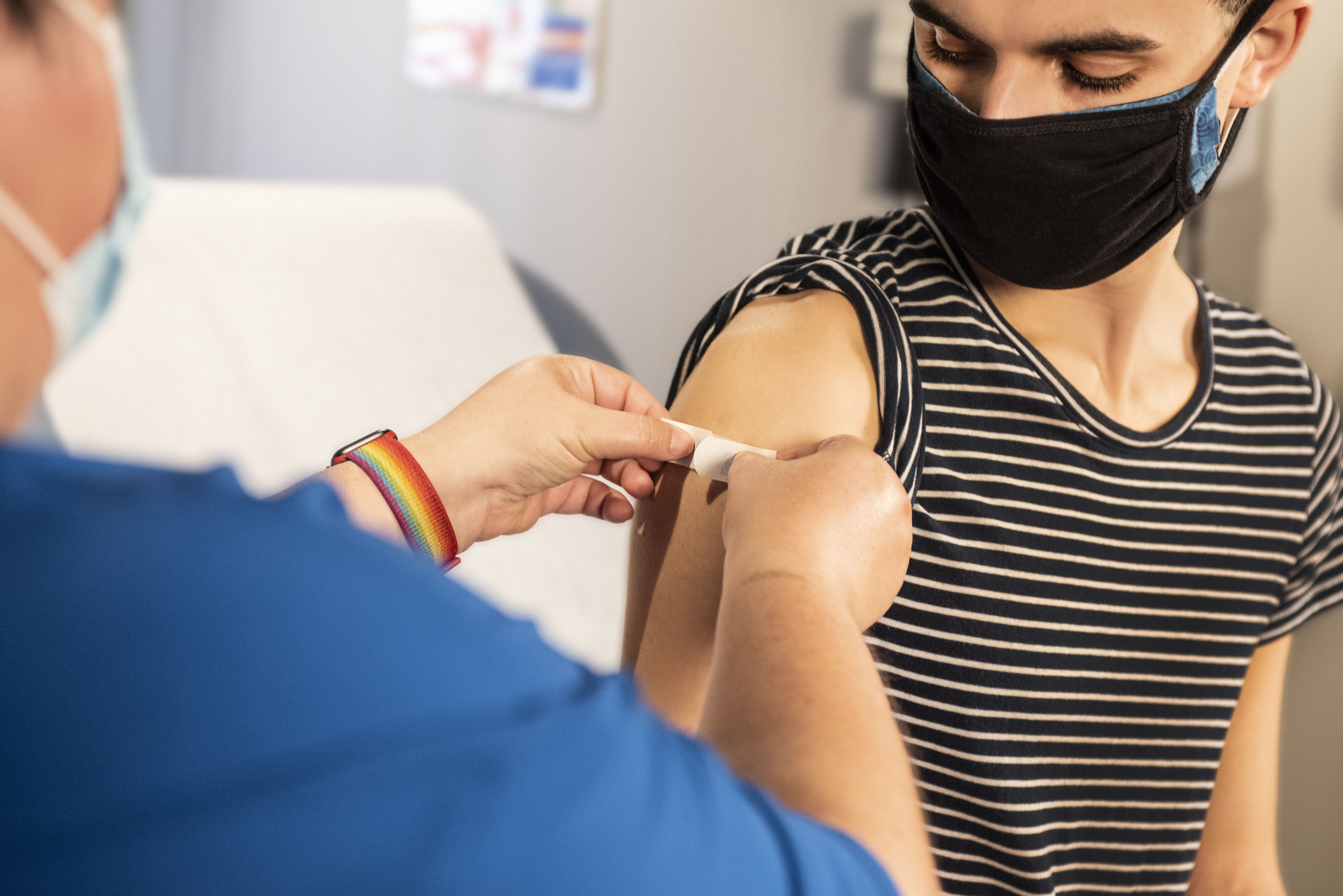HPV Immunizations Higher in States Where Adolescents Can Consent to Vaccination
States with policy that permitted adolescents to independently choose to receive HPV vaccination had a significantly higher immunization uptake.

Immunization rates for human papillomavirus (HPV) are lower than other adolescent vaccines, with only 54% of adolescents up to date on all HPV doses.
To improve vaccination rates, 8 states and Washington, DC, passed legislation that allows adolescents to receive HPV vaccines without parental involvement.
One study, published in JAMA Pediatrics, sought to explore whether there was any correlation between adolescents’ ability to consent to HPV immunization and vaccination rate.
The cross-sectional study collected vaccination data from the National Immunization Survey-Teen (NIS-Teen). They included clinician-reported adolescent vaccination data from 2015-2018, applying recommended sampling weights and survey procedures to account for clustering by states.
Adolescents were classified as allowed or not allowed to consent to HPV vaccination by their state of residence, age, and year of survey (to account for enactment of state law permitting adolescents to consent to HPV vaccination). States that allowed adolescents to give consent for HPV immunization were Alabama, Alaska, California, Delaware, Idaho, New York, Oregon, and South Carolina, as well as Washington, DC.
Using logistic regression, investigators looked for an association between permitting adolescents to consent to HPV vaccination and vaccine uptake. 2-sided P values of less than .05 were deemed significant. A sensitivity analysis excluded adolescents in states with school-mandated HPV vaccination. The analysis was completed utilizing SAS version 9.4 from July 2020-September 2021.
The NIS-Teen data set included 81899 adolescents 13-17 years of age; 49% were women and the average age was 15 years. Initiation of the HPV vaccine series was 67.9% for adolescents permitted to consent (n=6470) and 61.4% for adolescents not permitted to give vaccine consent (n=44846). HPV vaccine series completion was 53.7% among adolescents who could consent and 47.9% among those who could not consent.
There was a significant positive correlation between allowing adolescents to consent to HPV vaccination and initiation of the HPV immunization series. The states that permitted adolescents to give consent did so in a scope of laws either allowing teens to make their own decisions pertaining to sexual health, or in a general scope of preventative health and vaccines.
The investigators noted that the states with these laws had very diverse geographies, populations, and demographic variables. They recommended further study into the associations between policy granting adolescent consent to vaccines and immunization uptake.
